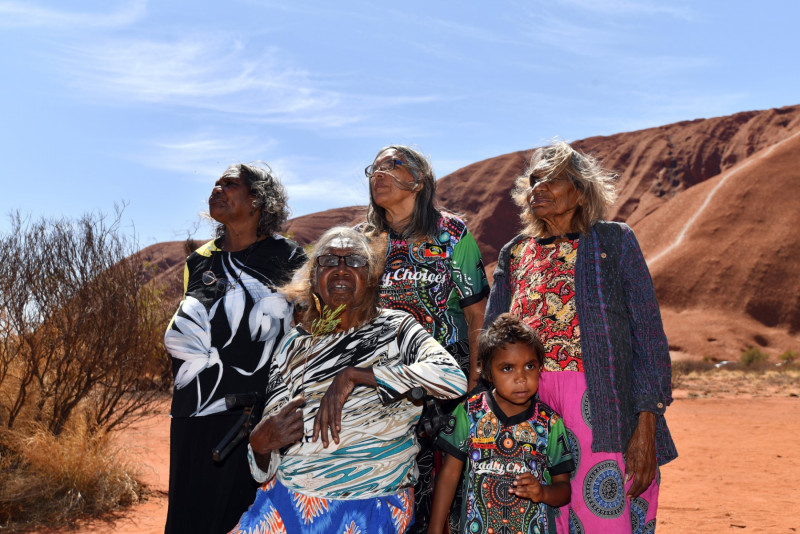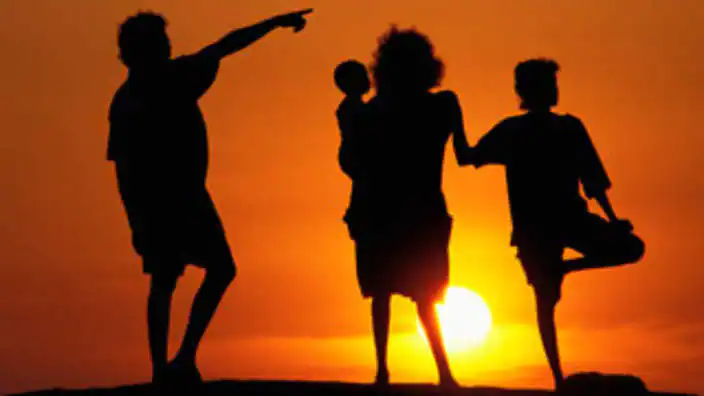Did you know that there are over 370 million Indigenous people worldwide, spread across 70 countries? They belong to more than 5,000 different groups and speak over 4,000 languages.
The term “Indigenous Peoples” refers to these collective groups, just like “the British” or “Australians”.
But who are they, and what’s their story?
Who are the Indigenous Peoples of Australia?
The Indigenous Australians are the proud keepers of one of the oldest continuous cultures on the planet. With over 250 Indigenous nations and several clans, their heritage is rich and diverse.
The Torres Strait Islanders, hailing from the islands between Queensland and Papua New Guinea, have their own unique culture and originate from Melanesia in the western Pacific.

The Dos and Don’ts of Referring to Indigenous Australians
So, what’s the best way to refer to Indigenous Australians? Avoid using the term “Aborigine”, as it has racist connotations from Australia’s colonial past and lumps people with diverse backgrounds into a single group.
Instead, opt for “Aboriginal person”, “Aboriginal”, or “Torres Strait Islander”. If possible, use the person’s clan or tribe name. And if you’re referring to both Aboriginal and Torres Strait Islander people, use “Indigenous Australians” or “Indigenous people”.
Life Before European Arrival
Before the Europeans arrived in 1788, Indigenous Australians were skilled storytellers, passing on their culture through songlines – an animist belief system expressed through songs, stories, paintings, and dance.
They were expert hunters and gatherers, with sophisticated ways of caring for the land. As semi-nomadic people, they moved with the seasons, returning to permanent homes where they grew crops.
The Impact of European Colonization
The arrival of Europeans was devastating for Australia’s Indigenous communities. Their population plummeted from around 750,000 to just 93,000 by 1900.
Thousands died from diseases like measles, smallpox, and tuberculosis, and many were forced off their lands. Indigenous Australians were segregated, forced to adopt British customs, and had their children taken away.
The population began to recover in the early 1900s, but the trauma and anger from losing their lands, cultures, and families still linger.
The Current Situation
Despite racial discrimination becoming illegal in Australia in 1975, Indigenous people still face significant challenges, including poorer health, education, and employment outcomes.
Many are trapped in poverty and crime, and Indigenous kids are 24 times more likely to be locked up than their non-Indigenous classmates.
New generations have inherited the trauma and anger of their ancestors, and the Australian Government’s policies have taken away their basic rights.

